SEEDS - Dreaming your summer garden
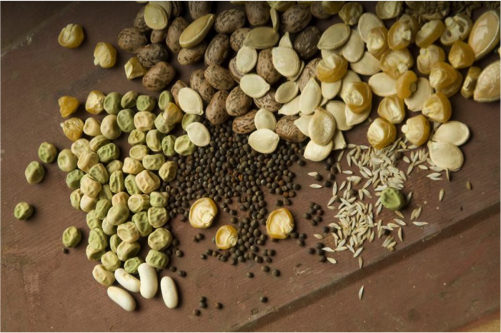
A few things to consider when choosing seed
Commercial vs. Boutique Sources
Growing commercial seed requires certain latitudes for some varieties to grow. Large companies such as Burpee and Park source from large commercial growers in China, Eastern Europe and US within appropriate latitude ranges. Smaller, boutique seed companies such as Baker Creek and Bountiful Gardens contract with a network of farmers who grow seed on commission.
Open Pollinated vs. Hybrid
Open pollinated seeds breed true to seed. That means if you plant it, grow it and save seed from it, then plant the saved seed, you will get the same genetic characteristics as the parent plant in future generations. Heirloom seeds are open-pollinated because the integrity of the seed is passed down through generations.
Hybrid, also known as “ F1,” are seeds intentionally crossed between two varieties of the same species. The resulting cross, or mix of genetic inputs, results in a unique variety with unique characteristics. If you plant a hybrid, grow a hybrid, save seed from a hybrid and then plant that saved seed, you will NOT get the same plant as the parent; it will revert to one or another of the original varieties that made up the crossed hybrid. See the table below for a summary of the differences between open-pollinated and hybrid seeds.
| Open-Pollinated (OP) | Hybrid (F-1) | |
| Seed Saving | True-to-type year after year.* | Must be purchased every year, does not breed true. |
| Diversity | Wide ranging selection of varieties to choose from. | Selection limited to commercially viable crops due to cost of production. |
| Genetic Implications | Plants grown year after year adapt to local growing conditions. Maintains diversity in the gene pool of food plants. | Bred for desirable characteristics such as disease resistance or unique size, color, growth habit etc. |
* Some plants are “self-pollinating” others require 2 plants to set seed. Self-pollinating OP plants breed to the parent plant but those that require more than one plant to reproduce (i.e. male and female) have the potential to accidentally cross in your garden, creating an unintended hybrid.
Other questions about selecting seeds
GMO – Genetic engineering (GE) is a very expensive process and at this point, is reserved for large scale commodity crops like corn, soy and other grains. It probably won't be a problem for the home gardeners to differentiate GE seeds from non-GE seeds for some time but until labeling is required you won't really know. According to Monsanto's website, “In the United States, there are only two vegetables that have been developed by genetic modification: sweet corn and squash.” The best way to ensure you're getting non-GE seed is to buy open-pollinated, heirloom and/or organic seeds.
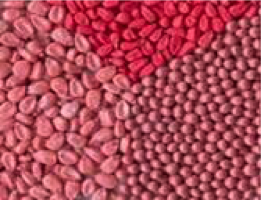
Where do I get them?
Local nurseries – The quick and easy way to pick up a packet of seed is to go to the local nursery or hardware/box store on the rack. Check the package for hybrid(F-1) vs. Open Pollinated (OP). It's easy to find a broad selection of vegetables, herbs and flowers in garden centers by Renee's Garden and Botanical Interests which both sport gorgeous illustrations and detailed planting advice. Sometimes you'll find a Seeds of Change organic seed rack and in the Monterey Bay Area.
Catalogs and websites – By far the greatest variety will come from a little homework and it's fun to browse through the catalogs or surf seed descriptions. Paper catalogs are often free but websites are always available. Here is a fairly complete list of US seed companies followed by some specific sourcing tips.
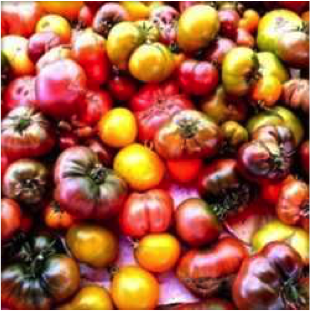
Just a few of the many heirloom seed sources:
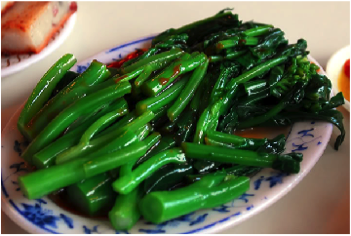
Ethnic/Culinary sources:
- Asian: Kitzawa and Evergreen Seeds
- Italian: Franchi (sometimes found in garden centers)
- Central American & Southwest: Native seeds
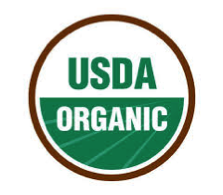
Organic-only sources:
Broad Selection one-stop-show catalogs – Sometimes one doesn't have the time to review 50 websites to find a packet of radish seed. Here are a few broad selection catalogs that make it easy to find what you're looking for in one place.
Broad selection sources:
- Johnny's Selected Seeds
- Burpee - includes a nifty planting guide by zip, and gardening supplies
- Park Seed
Now that I have them, how long will my seeds last? Can I use last years' seed?
That depends on what kind of seed you're using and how it is stored. For example, lettuce and onion seeds are usually only good for 1-2 years if stored properly, tomato seeds can last 10 years. Store seeds in a cool dry environment, a tightly sealed zip lock bag or jar in the freezer is ideal. However, LET THE CONTAINER COME TO ROOM TEMP BEFORE YOU OPEN THE JAR OR BAG so condensation doesn't get the seeds wet. I keep mine in jars in a cool, dark closet and that works for me.
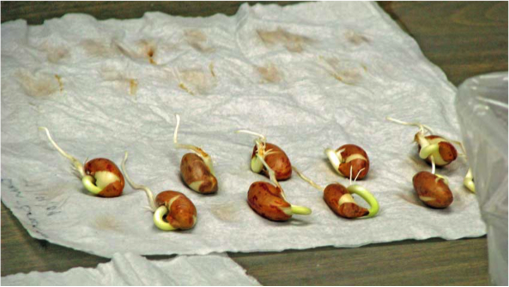
Reference links
http://sonomamg.ucanr.edu/files/29795.pdf
http://www.monsanto.com/products/pages/genetically-modified-vegetable-seeds.aspx
http://www.thefarmersdaughterusa.com/2014/10/excuse-me-why-is-your-seed-blue.html
http://www.hortmag.com/weekly-tips/propagation/how-to-know-if-garden-seed-is-viable
Don't forget to subscribe to our blog so that you receive an email notification when a new post goes up. If you have questions, contact us online, by phone or in person to get answers to your gardening quandaries!